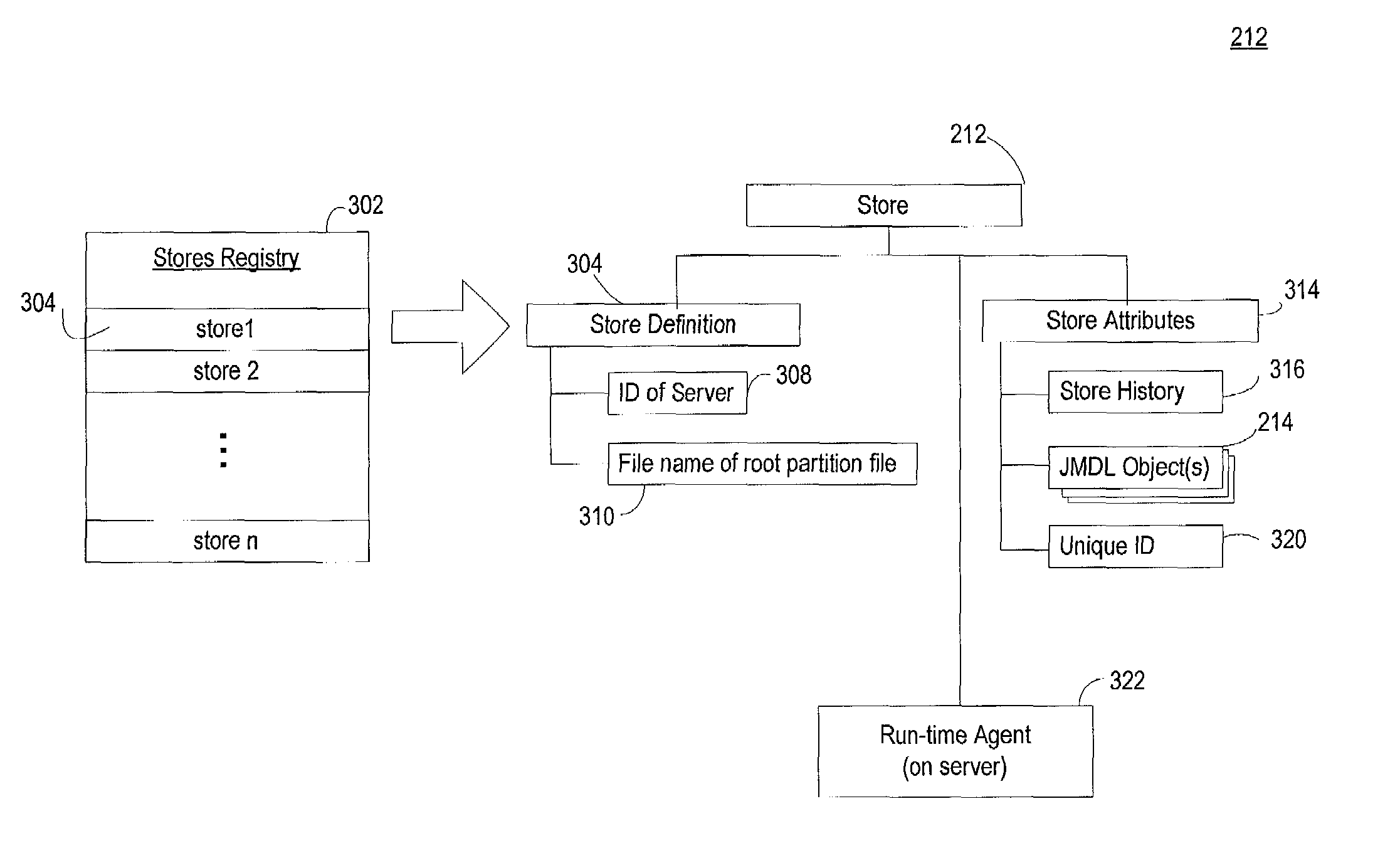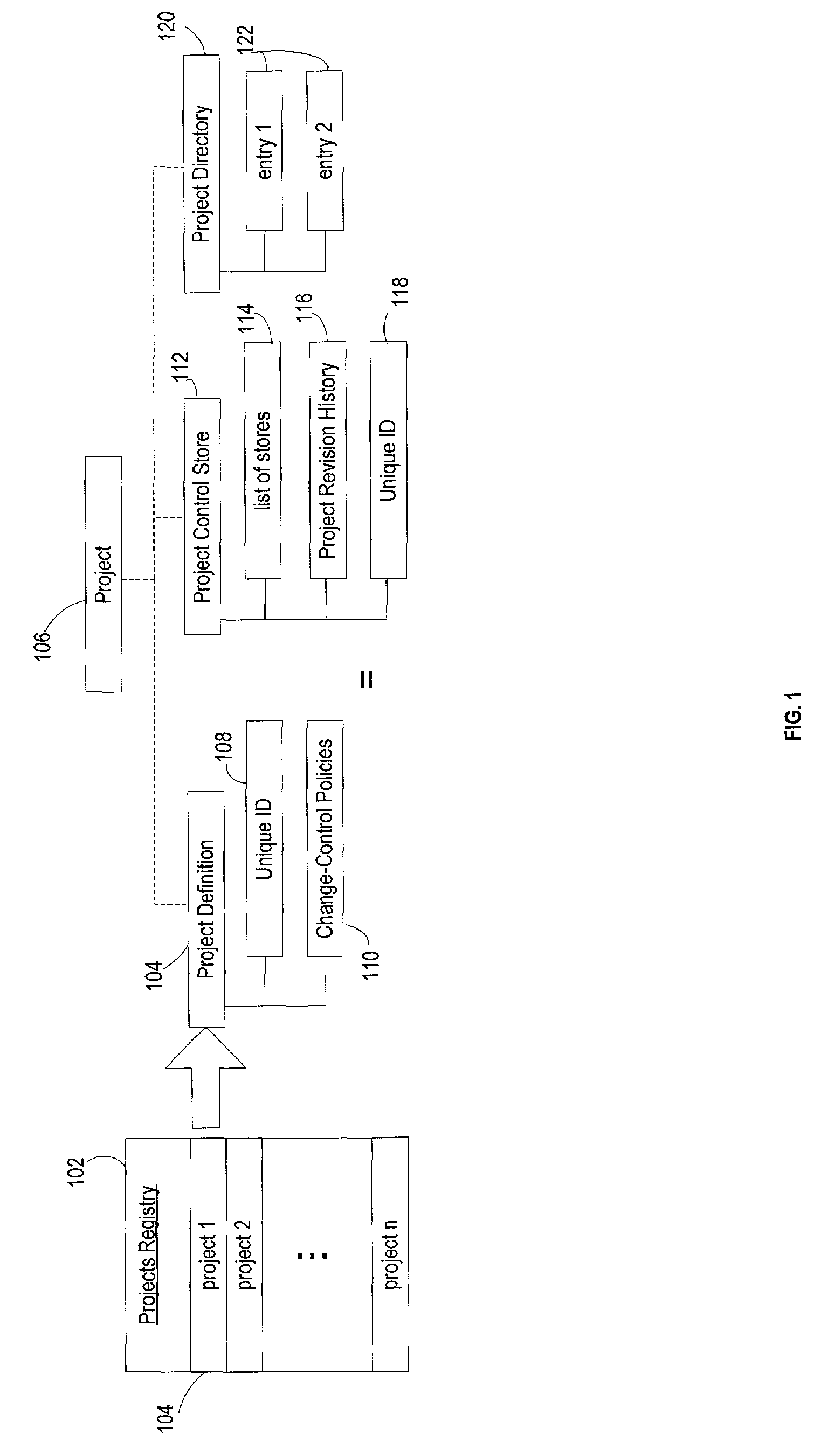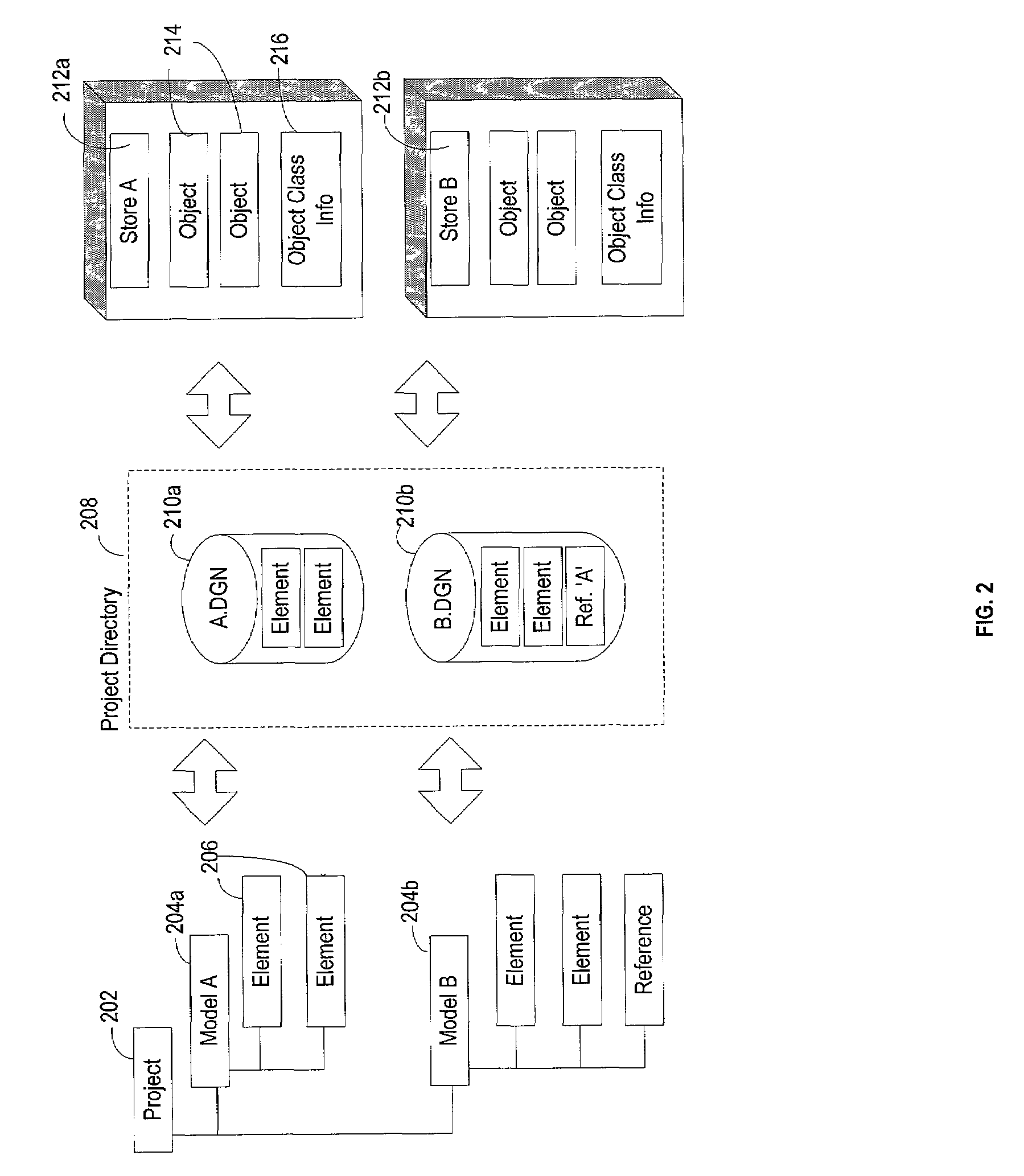System, method and computer program product for collaborative engineering using component and file oriented tools
a technology of applied in the field of system, method and computer program product for collaborative engineering using component and file oriented tools, can solve the problems of weak support of these workflows in current software products, insufficient approach, and particularly in the category of computer aided drafting (cad)
- Summary
- Abstract
- Description
- Claims
- Application Information
AI Technical Summary
Benefits of technology
Problems solved by technology
Method used
Image
Examples
Embodiment Construction
[0050]A preferred embodiment of the invention is discussed in detail below. While specific exemplary embodiments are discussed, it should be understood that this is done for illustration purposes only. A person skilled in the relevant art will recognize that other components and configurations can be used without parting from the spirit and scope of the invention.
[0051]Certain terminology is used herein for convenience only and is not to be taken as a limitation on the present invention. In the drawings, the same reference letters are employed for designating the same elements throughout the several figures.
[0052]The present invention subdivides engineering project information into smaller units than drawings so that a more granular unit-of-interchange is presented to project participants. These smaller units are called “components,” which are comprised of data values, data types, programs that manage the data, and connections to other components. The technology is named “ProjectBan...
PUM
 Login to View More
Login to View More Abstract
Description
Claims
Application Information
 Login to View More
Login to View More - R&D
- Intellectual Property
- Life Sciences
- Materials
- Tech Scout
- Unparalleled Data Quality
- Higher Quality Content
- 60% Fewer Hallucinations
Browse by: Latest US Patents, China's latest patents, Technical Efficacy Thesaurus, Application Domain, Technology Topic, Popular Technical Reports.
© 2025 PatSnap. All rights reserved.Legal|Privacy policy|Modern Slavery Act Transparency Statement|Sitemap|About US| Contact US: help@patsnap.com



